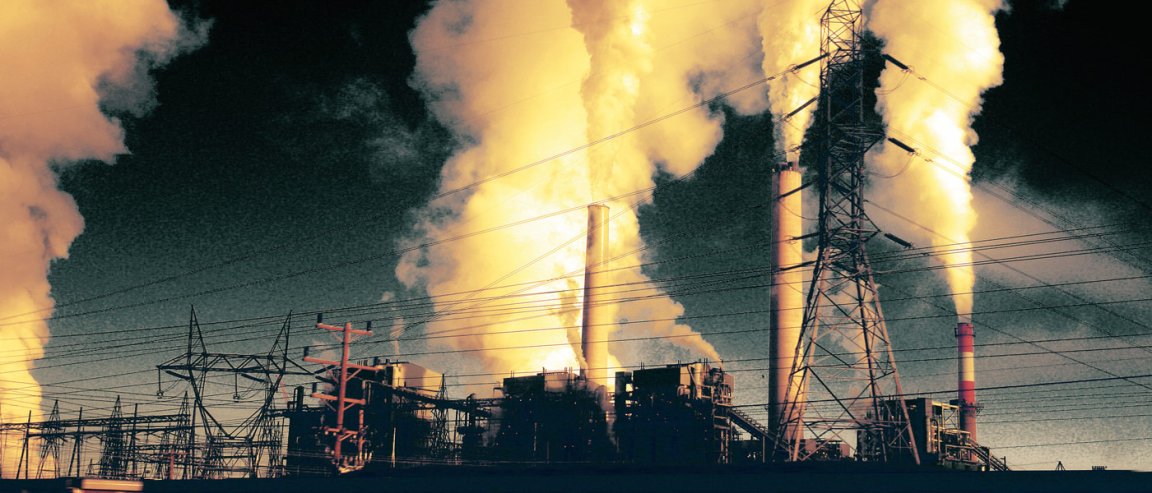
Scenarios for Change
The Paris Climate Agreement was a historic step toward seriously combating climate change. As of December 2016, a year after the agreement was drafted, a total of 194 countries had signed it and 127 of those had ratified it. It’s a big deal, considering it’s the first-ever agreement on climate change that was accepted by a significant number of nations, including the United States.
In its simplest form, the goal of the Paris Agreement is for each signatory to work to limit global warming to a maximum of 2 degrees Celsius (3.6 degrees Fahrenheit) above pre-industrial temperatures. As part of the agreement, participating countries were required to commit to a pledge, also known as an intended nationally determined contribution (INDC). These INDCs vary depending on the specific country, but the majority emphasize the use of non-carbon-emitting, renewable sources of energy.
So can the goals of the Paris Agreement be met? Scientists from the University of Maryland (UMD) set to find out. “We’ve developed an empirical model of global climate that we use to forecast future temperature out to the year 2100,” UMD research professor in atmospheric and oceanic science Timothy Canty told Phys.org. “This is a model that ingests massive amounts of observational data.”
The details of the researchers’ findings are published as a book entitled “Paris Climate Agreement: Beacon of Hope,” and in it, they argue that the 2-degree Celsius warming limit can be achieved, but only under certain circumstances.

Living Up To The Promise
Climate research models use scenarios known as representative concentration pathways (RCP) to describe the various possible levels of greenhouse gases in the future atmosphere. One of the more optimistic scenarios, RCP 4.5, assumes that human greenhouse gas emissions will soon level off and decline within a few decades.
“Our research shows that if the Paris Climate Agreement is met, it will put us on the RCP 4.5 pathway, but this can only happen if two important things occur,” explained book co-author Walter Tribett. “One, all conditional and unconditional INDCs must be met. Two, the mitigation of greenhouse gases needed to meet the Paris goal must be propagated out to 2060.”
The thing is, the INDCs currently extend only to 2030. The authors believe that all of the individual nations should recognize the importance of renewable energy sources and extend their INDCs. “To achieve RCP 4.5, half of the world’s global energy must come from renewable sources by year 2060,” said co-author Brian Bennett.
The authors realize that this mass transition to renewables is an ambitious undertaking, but it’s one that both developed and developing countries should move toward. “This will require large-scale transfer of technology and capital from the developed to the developing world,” co-author Ross Salawitch noted. “And at the same time this is happening, the developed world must reduce its own dependence on fossil fuels — not a little bit, but massively — by 2060.”